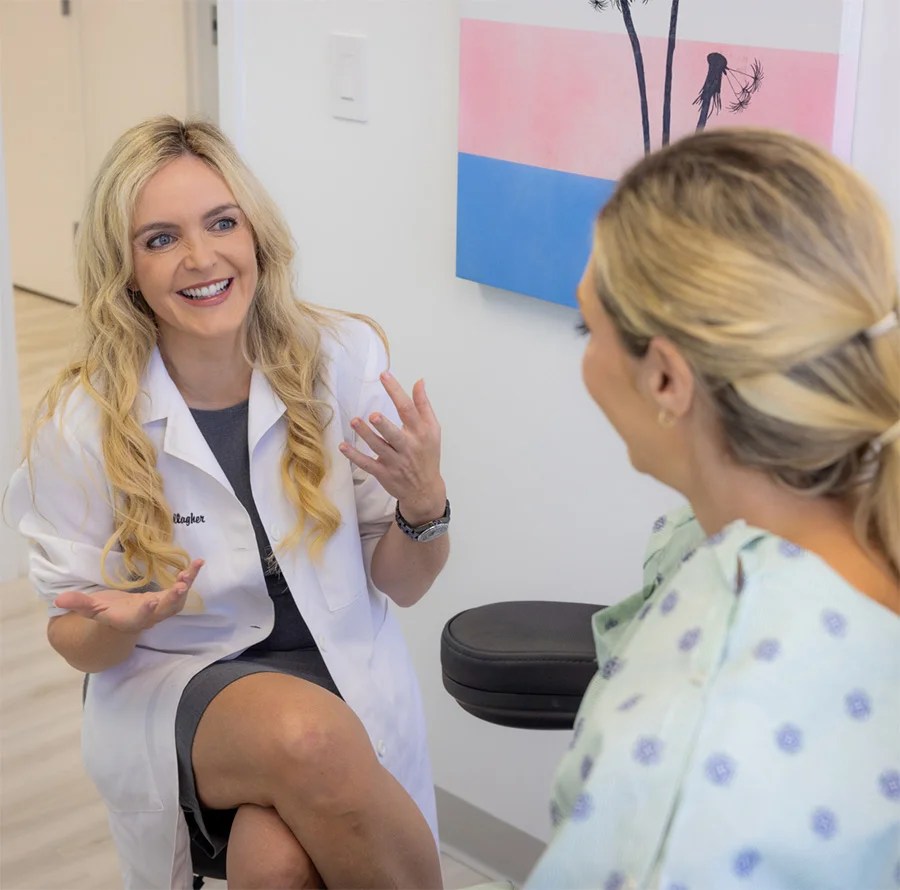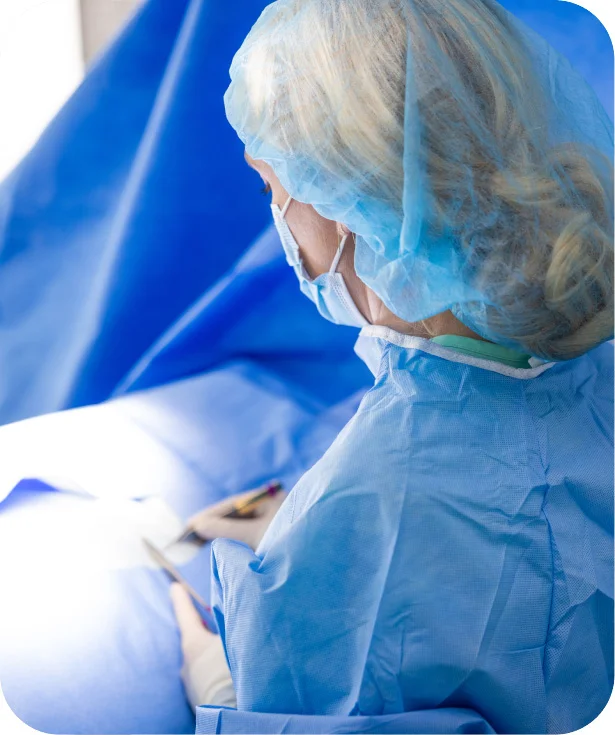I had an amazing experience with Dr.Gallagher and her team, the whole experience from the procedure (top surgery) to the post-op care has been fantastic. Dr.Gallagher was able to address any concerns I had with my chest before the procedure and made me feel comfortable the whole way through, and then the attentiveness post-op is all the better.
What Is Breast Augmentation?
Breast augmentation is a popular body contouring procedure that restores fullness and femininity to the chest. Whether you have noticed volume loss due to the natural aging process, pregnancy, or weight loss, or you were born with naturally smaller breasts, a chest augmentation surgery can enhance balance, proportion, and symmetry, helping you to feel more confident and secure in your appearance. Dr. Gallagher in Miami focuses on achieving natural-looking outcomes that reflect your individual preferences and goals, prioritizing utmost safety and a seamless treatment journey.








